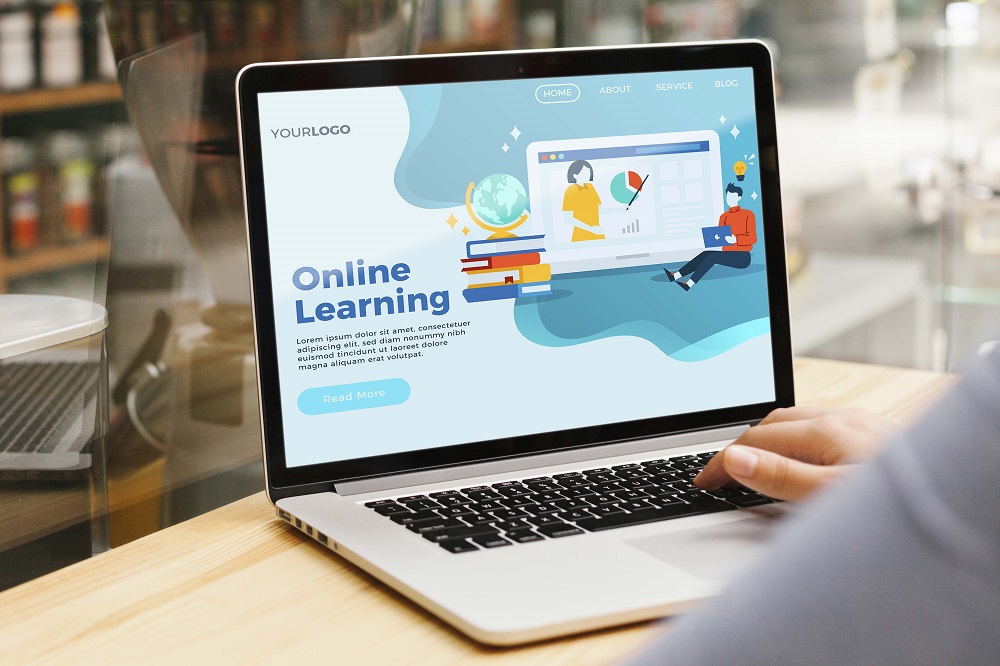Nobody ever imagined that education sector across the world would undergo such a paradigm shift – with online studying and virtual teaching being our only option to ensure education continuity. All this due to the COVID-19 pandemic. Perhaps, the gradual shift towards this “digital ed-tech world” could have been envisaged as a result of an evolving technology landscape over a period but noone could have guessed that a virus could make this happen!
Covid-19 pandemic led to the over-night adoption of online classes via virtual collaboration tools and is continuously amplifying the concerns of schools and universities across the globe. Institutions are trying to resolve emerging challenges every day in order to guarantee short-term operational continuity, which is in-turn affecting the long-term viability.
Impact of Covid-19 on education sector
With the onset of the pandemic in early 2020, governments in the US, Europe, Canada, Australia etc were highly concerned about various aspects pertaining to education such as ensuring equal opportunity to students from low-income households, creation of regulations that would facilitate the measuring of learning, introducing a system to assist students and faculties to maintain good physical and mental health etc. As months pass, new pressing priorities keep replacing the list. Covid-19 has indeed changed everything. Due to the temporary closure of educational institutions, around 1.3-1.5 billion students across the world are affected, making up almost 72% of the world’s student population (Economic Times).
Digital transformation in education industry
Owing to the Coronavirus pandemic, the adoption of digital means in education, has accelerated at a very high rate. Educational institutes around the world are facing innumerable challenges due to the growing impact of digitalization which is altering the expectations from faculties, staff and students. Digital transformation, which was considered as an ‘important’ aspect and the probable way forward, is now considered ‘essential’. Adoption of digital technologies and methodologies is now a must for educational institutions.
In order to mitigate the effects of the pandemic, the US Department of Education (DOE) recently created a National Education Technology Plan which provides an extensive roadmap to ensure that students across the country receive high-quality learning experiences. This holistic plan focuses on enhancing learning and teaching through technology, creating a transformative culture with right leadership, assessing transformative tools and processes, and constructing an infrastructure that promotes the use of technology.
The 3 stages of education industry in the Covid-19 pandemic
Forced to shut down campuses, universities across the world were compelled to shift their classes to online platforms for the rest of 2020. Amidst various challenges, universities aimed to ensure continuity of classes and maintain some semblance of normalcy in the eyes of parents as well as students. This of course brought certain degree of disruption in people’s lives; however, it highlighted the inequalities between students with technological resources and the ones without it.
The first stage (initial covid-19 days), universities in the US took instant measures to neutralize the short-term losses. While in the UK, former universities ministers focused upon the importance to safeguard universities as national assets of knowledge. At the same time, several digital collaboration platforms took the advantage of this virtual transition and started offering free services.
In the second stage (May to June 2020), the capabilities to train faculties and staff in-house improved while the minimum technological knowledge was imparted successfully to smoothly communicate virtually, allowing faculties to improve their way of teaching. This further accelerated the adoption of technological tools. While, many wondered about the situation of international students whose visas were frozen and trans-continental travelling banned.
In the third stage (July and August 2020), universities focused their resources to manage operational and administrative tasks while undergoing various internal rearrangements.
Read more: Impact of Corona Virus on Ed-tech
Top digital transformation trends in education post covid-19
Artificial intelligence & big data
Educational institutions are indulging in data aggregation to enhance their capabilities to personalize student experience and focus on individual & high-risk students. Organizations in the education industry are utilizing artificial intelligence and big data to tutor students using voice to text recognition and provide assistance whenever required. Ed-tech companies are also using AI and ML to upgrade their education platforms and enhance the performance assessment process. The deep insights generated with data analytics also helps the faculties in revamping their teaching styles in order to match student expectations.
Until recently, the digital transformation in the education sector has been sluggish. Several governments across the world are stepping up to help the educational organizations and institutes in formulating a transformation map.
Gamification
The concept of gamification is pretty interesting as it amalgamates the fun of learning and games. Some believe that there is no better way to make a student learn than through gamification process because of the interactive learning modules which assure the effective attainment of goals. With gamification, a difficult subject can be made fun, exciting and interactive. Certain gaming features are included in the leaning platform such as progress bars, completing certain number of assessments to reach another level, collecting points for every right answer, displaying names on the leader board. For example, Drexel university, in-collaboration with Tata Interactive Systems created a game based on simulations for forensic students. The program was designed to teach how to conduct an assessment at a crime scene by providing 3D crime scene with all clues and evidences. In addition, there was a system in place to provide continuous feedback, new situations and a chance to rework on their performance.
Augmented reality and virtual reality
Ed-tech companies and many universities are using AR and VR to teach complex subjects as well as enhance the learning experience. For example, using AR students can be taught to dissect a frog without creating a mess or worry about sanitization. Educational institutions that embrace digital transformation provide a deep learning experience and opportunity to Alpha children (children who are accustomed to acquiring knowledge through technological means, gadgets and devices), which helps them prepare better for the future and become leaders.
Using AR in classrooms helps students to have a deeper understanding of the concept, information retention, increased motivation & collaboration. For example: GeoGebra app, is an interactive education platform that helps students learn through visualization. The market is rapidly getting flooded with AR platforms these days. Even though the adopting rate of AR in education sector is slow right now, it will surely be a familiar tool in the coming years.
Personalized learning
Also known as adaptive learning, personalized learning provides students with a richer, more productive experience. Students can control the learning speed and choose the subjects they are most keen to learn. In short, students have a greater authority on deciding the way they want to learn, allowing to learn at their own pace. All this when combined with effective learning styles such as gamification, flashcards, videos, adaptive spaced repetition etc. can provide a fully immersive learning experience to students. According to a survey by Center for Digital Education, personalized learning is the topmost educational technology priority in the US.
Contactless attendance
In the future when the campuses reopen and students start attending in-person classes, one thing that won’t change is the contactless lifestyle that all of us have embraced due to the pandemic. That’s why we can expect contactless attendance system and thermal screenings to be a must at educational institutions. Replacing biometric attendance systems with contactless attendance can ensure that sanitary standards are maintained and there is less possibility for a pathogen to spread.









